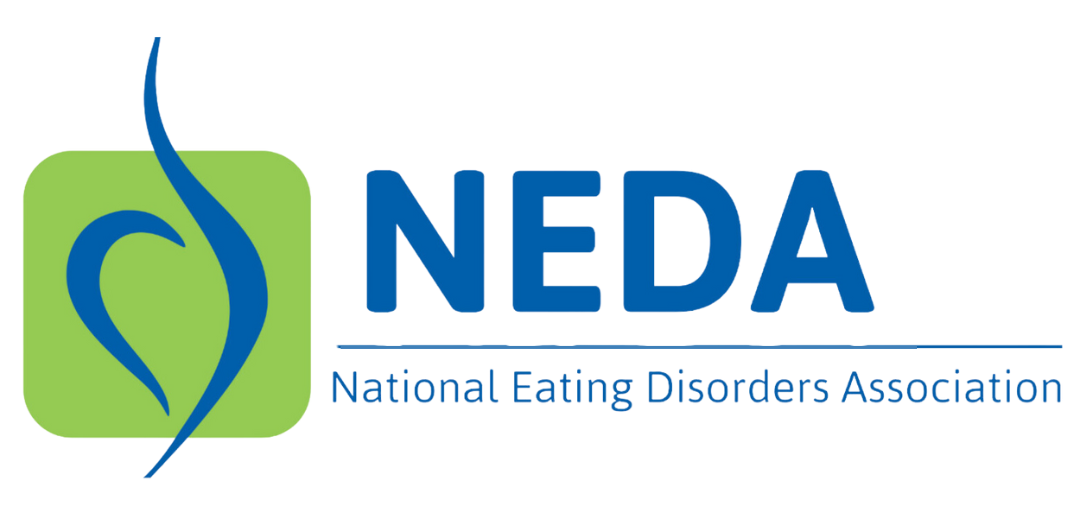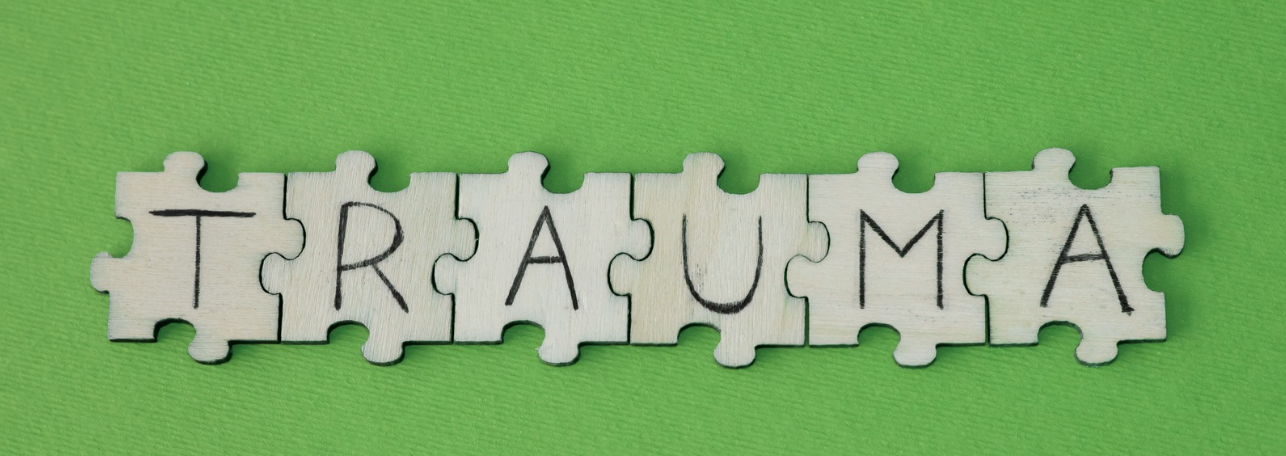This blog post represents the author’s views and should not be interpreted as professional/medical advice or endorsed by NEDA.
Eating disorders are often misunderstood as being solely about food or body image. In reality, they are complex mental health conditions deeply intertwined with emotional pain, self-perception, and, in many cases, trauma. While not all eating disorders stem from traumatic experiences, the intersection of the two is undeniable.
Trauma can profoundly shape how individuals relate to their bodies, emotions, and behaviors, creating a cycle that can feel impossible to escape. As a therapist with over 30 years of experience specializing in eating disorders and trauma, I’ve seen how these struggles intertwine—and how healing is possible.
Understanding the Connect Between Trauma and Eating Disorders
Trauma is any deeply distressing experience that overwhelms an individual’s ability to cope. It can take many forms—childhood abuse, neglect, sexual violence, or even systemic oppression—and leaves lasting imprints on both the mind and body. For some individuals, eating disorders develop as a way to manage the overwhelming emotions or memories tied to trauma.
Research indicates a high prevalence of trauma among individuals with eating disorders. A systematic review found that in three major national representative studies in the United States, the rates of lifetime trauma among those with eating disorders were 54%, 100%, and 74% respectively(1).Disordered eating behaviors often emerge as coping mechanisms: restricting food intake may provide a sense of control in an otherwise chaotic world, while binge eating or purging may offer temporary relief from emotional pain. Trauma also rewires the brain’s stress response system, disrupting appetite regulation, mood stability, and impulse control—all of which contribute to disordered eating patterns.

Sophie’s Story: A Case Study
Sophie came to therapy at 16 years old after being diagnosed with Anorexia Nervosa. Her physical health was deteriorating rapidly, but her emotional wounds told an even deeper story.
At the age of 8, Sophie was groomed by an older neighbor who used food as a tool to gain her trust. What began as shared treats soon became a sinister pattern of manipulation and sexual abuse. For Sophie, food became inseparable from feelings of shame and betrayal. By adolescence, she began restricting her intake—not just to control her weight but to reject what had been weaponized against her.
Her anorexia was more than a desire for thinness; it was her way of reclaiming autonomy over her body—a body she felt had failed to protect her during those formative years. Sophie’s story reflects a common pattern among trauma survivors: the body becomes both the battleground and the scapegoat for unresolved pain.
How Trauma Shapes Body Image
Trauma distorts how individuals perceive their bodies. Survivors of sexual abuse often feel disconnected from their physical selves or view their bodies as sources of shame and vulnerability. This can lead to body dissatisfaction and an obsessive desire to change one’s appearance through harmful eating behaviors.
For Sophie, her trauma left her feeling “dirty” and “damaged.” She believed that if she could shrink herself—both physically and emotionally—she might escape the pain tied to her body. This belief is common among trauma survivors who develop eating disorders as a form of self-punishment or erasure.
Healing: A Path Toward Recovery
Recovery from co-occurring trauma and eating disorders is possible but requires an integrated approach that addresses both conditions simultaneously. Here are some key components of therapy:
1. Trauma-Informed Care
Creating safety is essential for trauma survivors. Trauma-informed care emphasizes trustworthiness, collaboration, and choice—key elements in building a strong therapeutic alliance. For Sophie, this meant recognizing that her anorexia was not just about food but about reclaiming control over her life.
2. Processing Trauma
Techniques like Eye Movement Desensitization and Reprocessing (EMDR), Cognitive Processing Therapy (CPT), or somatic experiencing allow clients to process traumatic memories safely while reducing their emotional intensity.
For Sophie, EMDR helped her confront memories of abuse without becoming overwhelmed by them. Over time, she began to see herself not as a victim but as a survivor capable of healing.
3. Rebuilding Body Trust
Many survivors struggle to reconnect with their bodies after trauma. Somatic therapies and mindfulness practices help clients rebuild trust in their physical selves by focusing on sensations in the present moment rather than past pain.
Intuitive eating is another powerful tool in recovery. By learning to honor hunger cues without fear or guilt, clients can begin to see food as nourishment rather than a threat.
4. Addressing Shame
Shame is often the invisible thread tying trauma and eating disorders together. Cognitive Behavioral Therapy (CBT) helps clients challenge distorted beliefs about themselves while fostering self-compassion. Through CBT, Sophie learned that her abuse was not her fault—a critical step in breaking free from self-blame and embracing recovery.
5. Community Support
Recovery is not a solo journey—it requires connection and support from others who understand the challenges of navigating both trauma and an eating disorder. Group therapy provides validation and camaraderie while reducing feelings of isolation. For Sophie, hearing others share their stories helped her feel less alone in her struggles. It also gave her hope that healing was possible.

A Message of Hope
Sophie’s journey highlights an essential truth: Eating disorders are never just about food or weight—they are about pain, control, shame, and survival. For those whose struggles are rooted in trauma, recovery involves more than addressing disordered eating; it requires healing the hidden wounds that fuel these behaviors.
While recovery is rarely linear, it is always possible with compassionate care tailored to each individual’s unique experiences. By understanding how trauma intersects with eating disorders—and by fostering safe spaces for healing—we can help individuals reclaim their lives from these dual battles.
If you or someone you know is struggling with an eating disorder or recovering from trauma, know that help is available. You don’t have to face this journey alone.
Resources
Visit NEDA’s Resource Center for information on treatment options and resources.
Use NEDA’s free screening tool to assess whether professional support may be needed.
For immediate help during a crisis, text HOME to 741-741 for 24/7 support via Crisis Text Line.
Meg Maginn LCSW has been practicing psychotherapy for over 30 years with expertise in treating eating disorders, trauma recovery, addiction, anxiety, OCD, ADHD, couples counseling, and more. She is the Founder and Director of Eating Disorder Associates —a comprehensive outpatient treatment center dedicated to helping individuals heal through evidence-based therapies like CBT, DBT, EMDR, IFS, and somatic approaches. For more information about Meg Maginn or Eating Disorder Associates’ services, visit eatingdisorderassociates.net.
Sources
1. Brewerton, T. D. (2018). An Overview of Trauma-Informed Care and Practice for Eating Disorders. Journal of Aggression, Maltreatment & Trauma, 28(4), 445–462. https://doi.org/10.1080/10926771.2018.1532940





